Recorded via Shure SM57 and Apogee Duet to Garage Band with Guild X-175 and Fender Vibro Champ.
Electric rhythm track recorded at low gain, filter 1 and 2 settings, and high output volume.
Electric lead features real time adjustments to gain, filter 1 and filter 2 settings.
RatingsPros:Deep reserves of unexpected filter/fuzz sounds. Amazingly deep fuzz textures. Cons: Precise filter settings can be elusive and difficult to return to. Street: $189 Fuzzrocious Croak fuzzrociouspedals.com | Tones: Ease of Use: Build/Design: Value: |
Fuzz riffs are meant to excite. Fuzz solos are meant to soar. So what do you do on the days when every flipping fuzz on the face of the Earth sounds the same to your weary ears? Fuzzrocious Pedals’ Croak is one possible answer. Its combination of fuzz and filters spins ordinary fuzz textures into resonant, twitchy, fat, quacking, and, yes, croaking tones that can enliven—or completely mangle—the most ordinary solo.
Croak does not lean on arcane, use-once-and-throw-away novelty tones to break away from fuzz templates. In fact, many of its most intriguing tones are mildly filtered fuzz that evoke the sounds of fixed wah and low-voltage vintage oddities like the Selmer Buzz Tone. But Croak keeps the wild at the ready. And its many bold and bizarre sounds— combined with its superb sensitivity and dynamic response—make it full of surprises that can beat back the fuzz-sick blues many times over.
Terrible Toad and His Bag of Tricks
Croak sometimes feels and functions like an analog synth. And, as with a synth, understanding signal is key to unlocking and harnessing sounds. Croak processes guitar signal first through an input gain control, which generates the fuzz. The most fundamental fuzz tone—that is, the fuzz you get with first filter off and the envelope at minimum intensity—might not blow you out of the water straight away. But it’s butter-rich, bassy, fat, incredibly touch responsive, and has a way of putting its hooks in. With the gain down low and the ouput volume up pretty high, I got lost in a Jimmy Reed shuffle for what felt like 10 years—completely blissed and content to bathe in the dynamism of funky, hazy, thumb-thrumming downstrokes and fiercely growling accents. This isn’t the kind of fuzz you ride to soaring, Gilmouresque heights. But it might be the deepest, swampiest fuzz you’ll ever hear in your life.
I’d be tempted to own Croak for this fuzz texture alone. But that low, throbbing fuzz voice is just one feature attraction. Once the signal passes the gain control, it hits a sweepable EQ filter that shifts resonant peaks from low to high. You can use it to create more low-gain, high- and mid-forward versions of the basic fuzz voice. And it sometimes sounds a bit like a voltage-starved Fuzz Face—buzzing and forceful, but fast to decay and fracture. At really high-input gain levels, though, the filter can be driven to absurdly quacky, spitty, and sputtering states, and just running through the filter’s range at maximum gain reveals countless fuzz/filter profiles with bizarre peaks, warped transients, and unexpected overtones.
Once you’ve dialed in an appropriately perverse or sonorous fuzz/filter combination, you can flip the formula yet again with the envelope filter. The envelope is highly responsive to the input gain control. And though Croak is exceptionally touch sensitive and dynamic at just about any setting, you can really increase the envelope width, intensity, and headroom by keeping the input gain up high. Maintaining control of the filter at these hot settings takes practice, but the payoffs are massive.
If you dig more traditional envelope fare in the fashion of Bootsy and Garcia, Croak does that, too—in its own unique way. The quacks aren’t nearly as immaculate as those from a Mu-Tron, but they are dusty, deliciously grimy, and full of attitude. Push the gain further and the quacks become spitty and granular. Croak can also be operated via expression pedal (not included) to control the input gain. And twitchy, foot-actuated volume swells will induce percolating chirps and croaks that give the pedal its name.
The Verdict
Make few assumptions about Croak. This pedal will probably confound them anyway. It’s a unique fat-to-throaty fuzz, a filthy envelope filter, and dishes a thousand tones in between. And even if you’ve never toyed with a filter other than a wah, you can find many inspiring and mind-blowing sounds with ease. Great stompboxes should push you in unexpected directions. The Fuzzrocious Croak fits that task to a T.






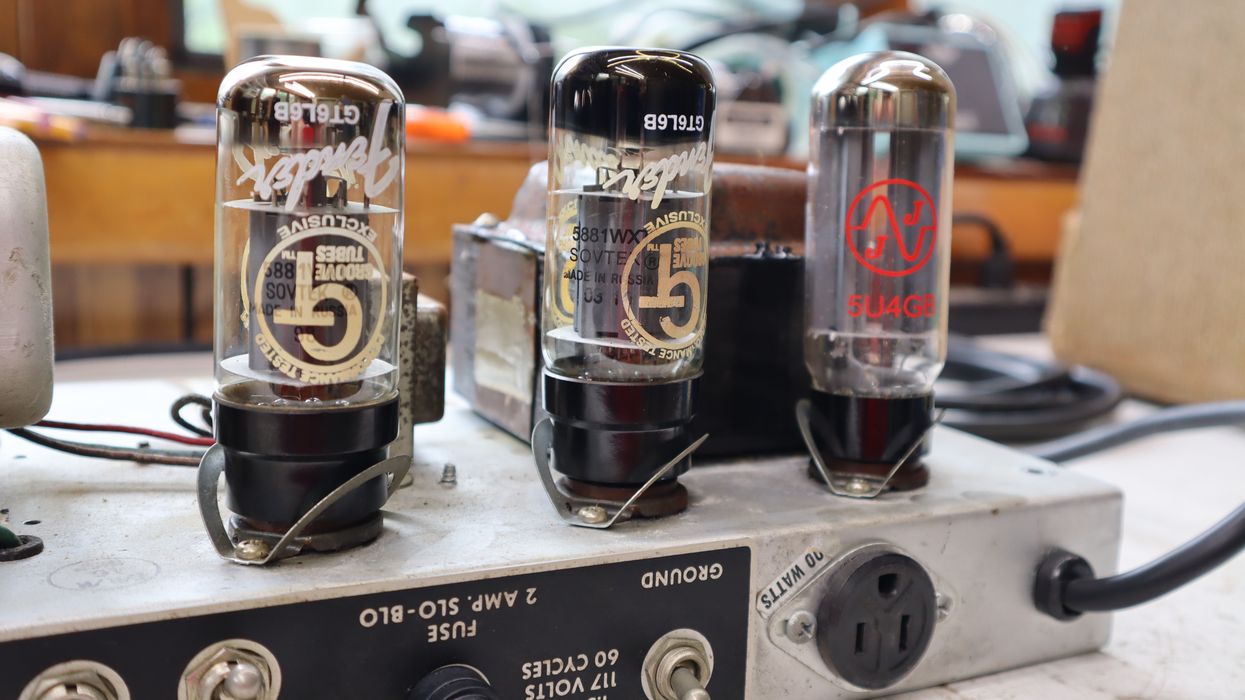






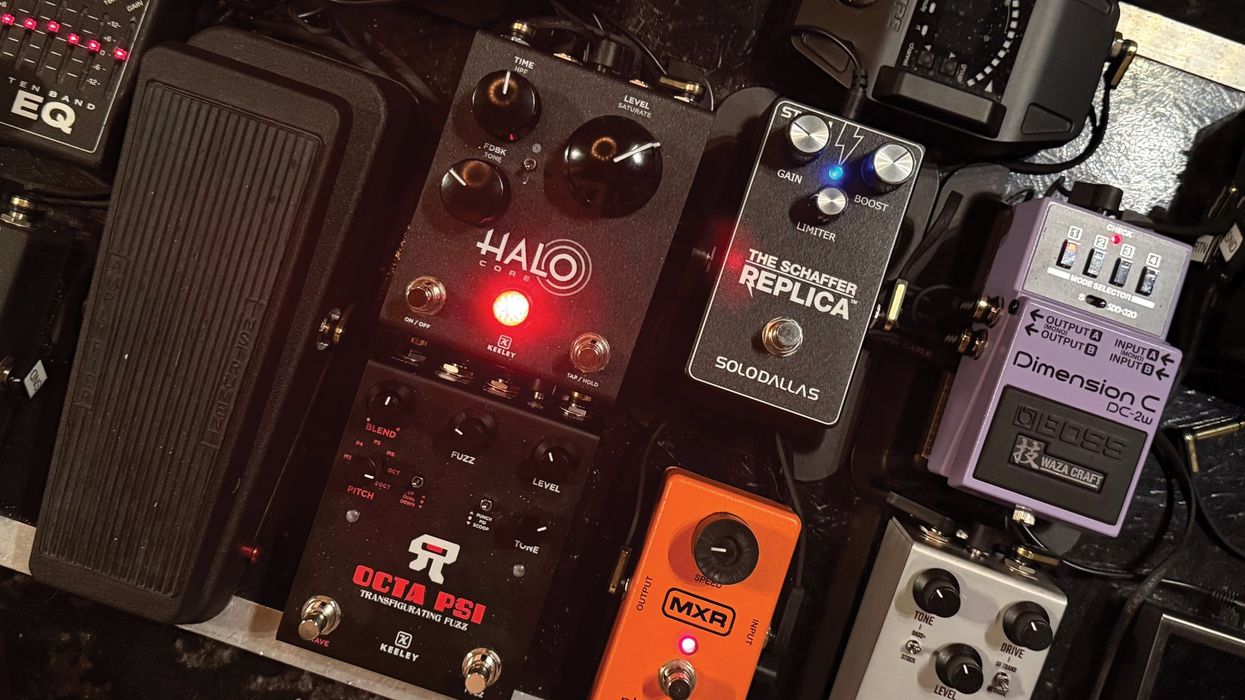




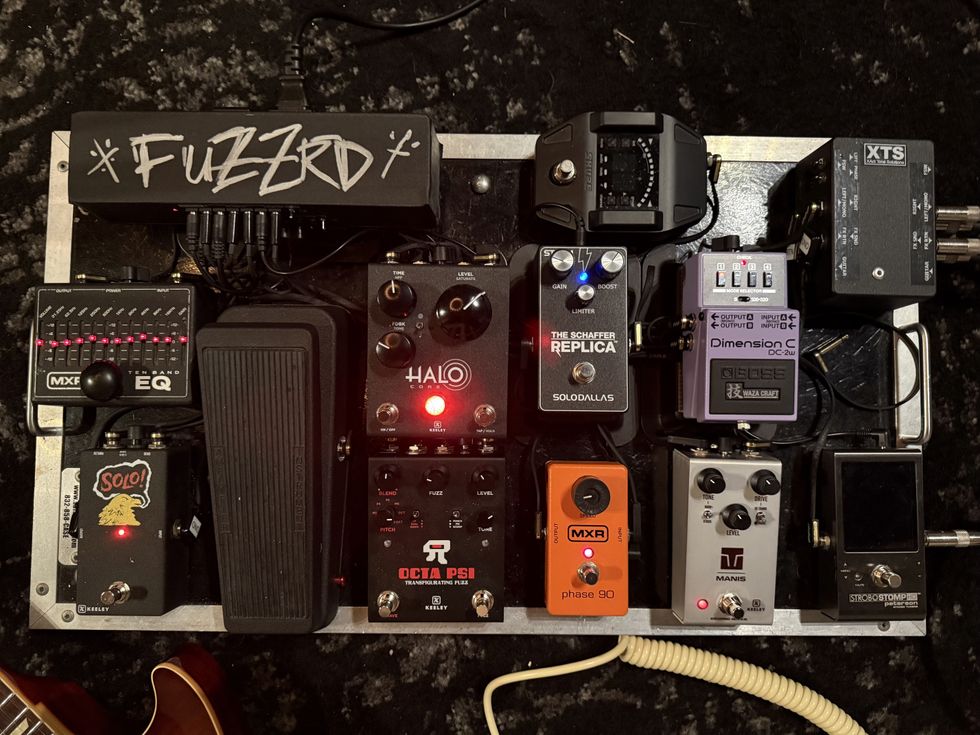

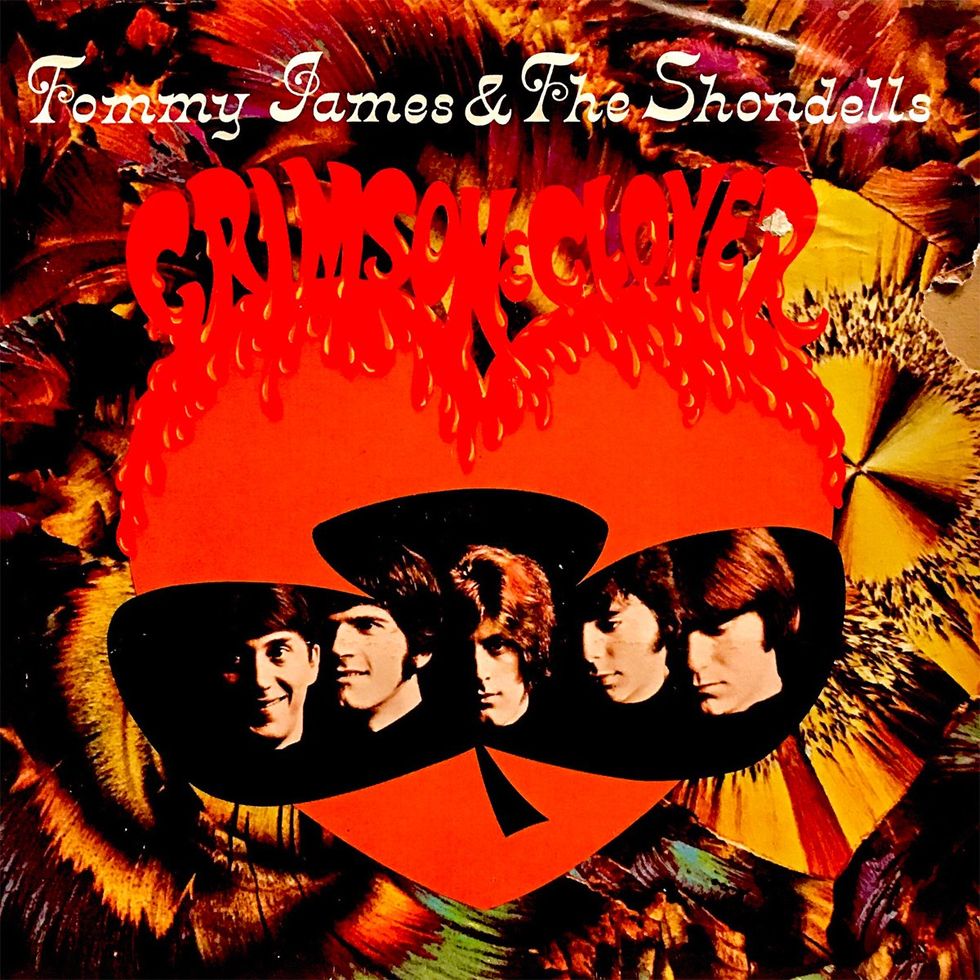




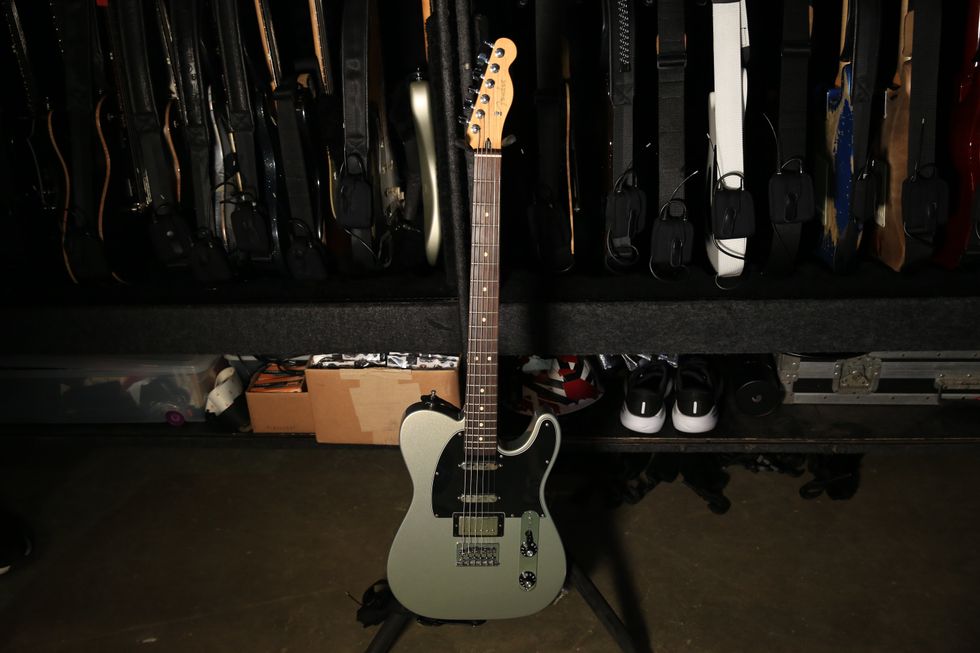
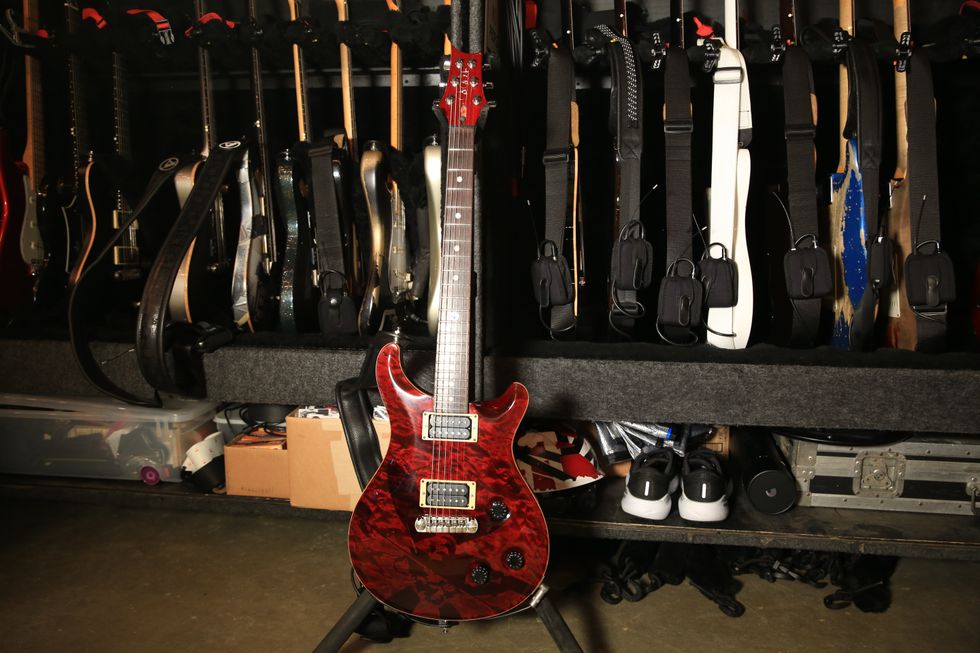

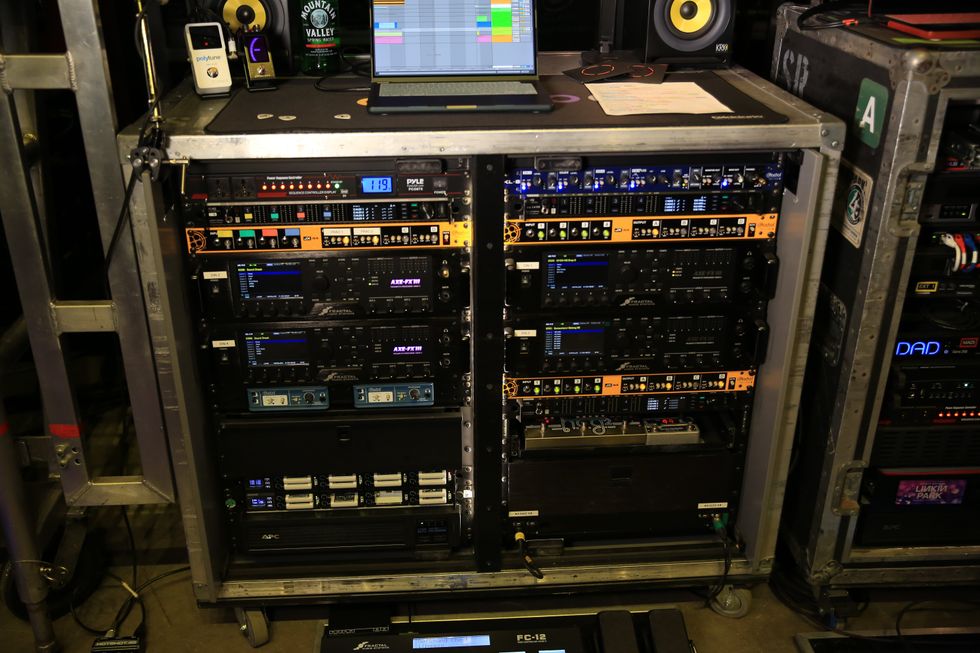


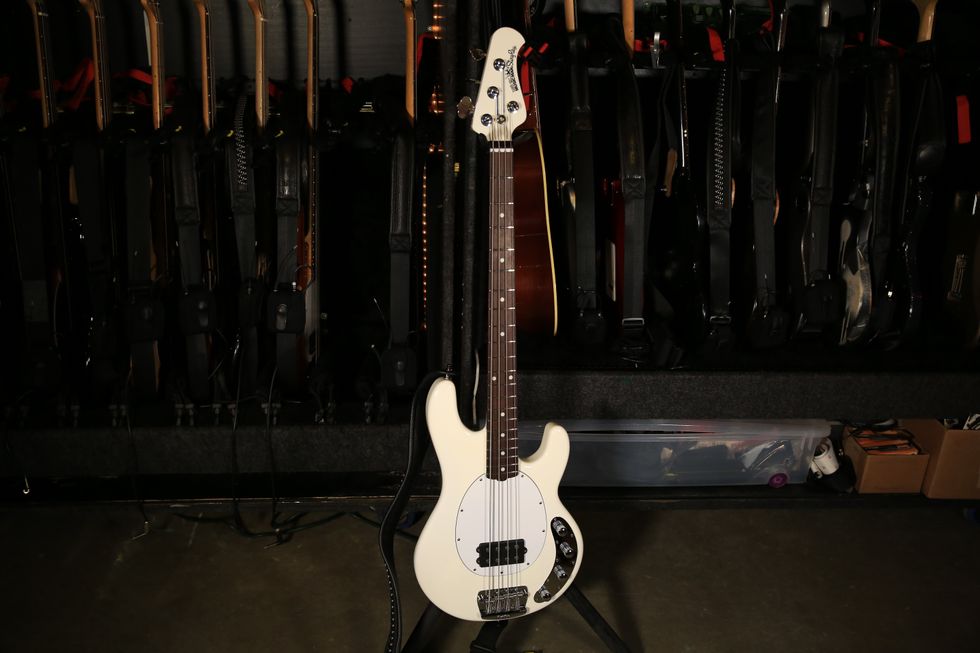

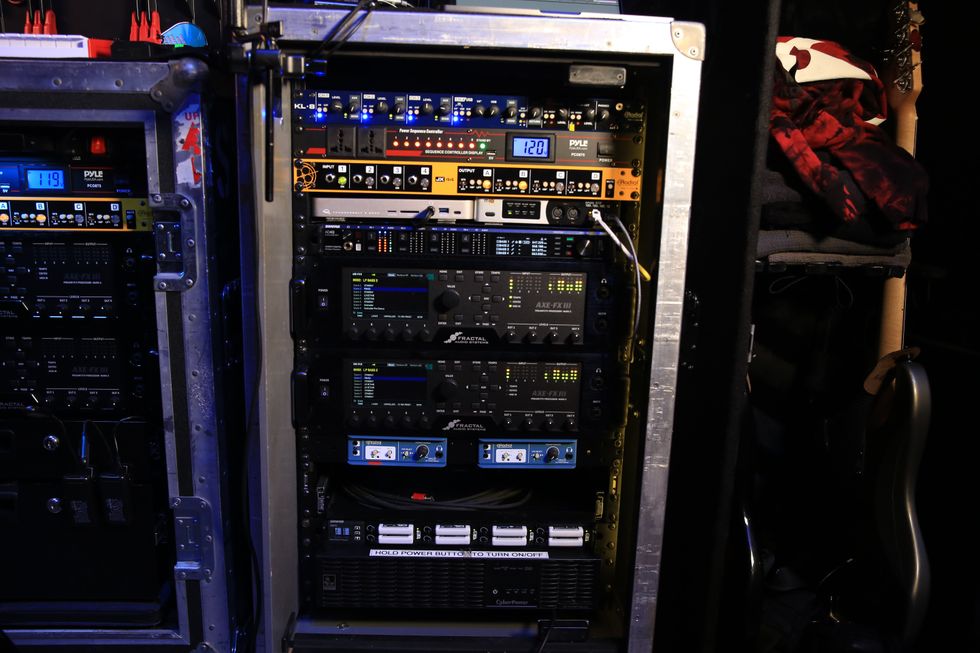

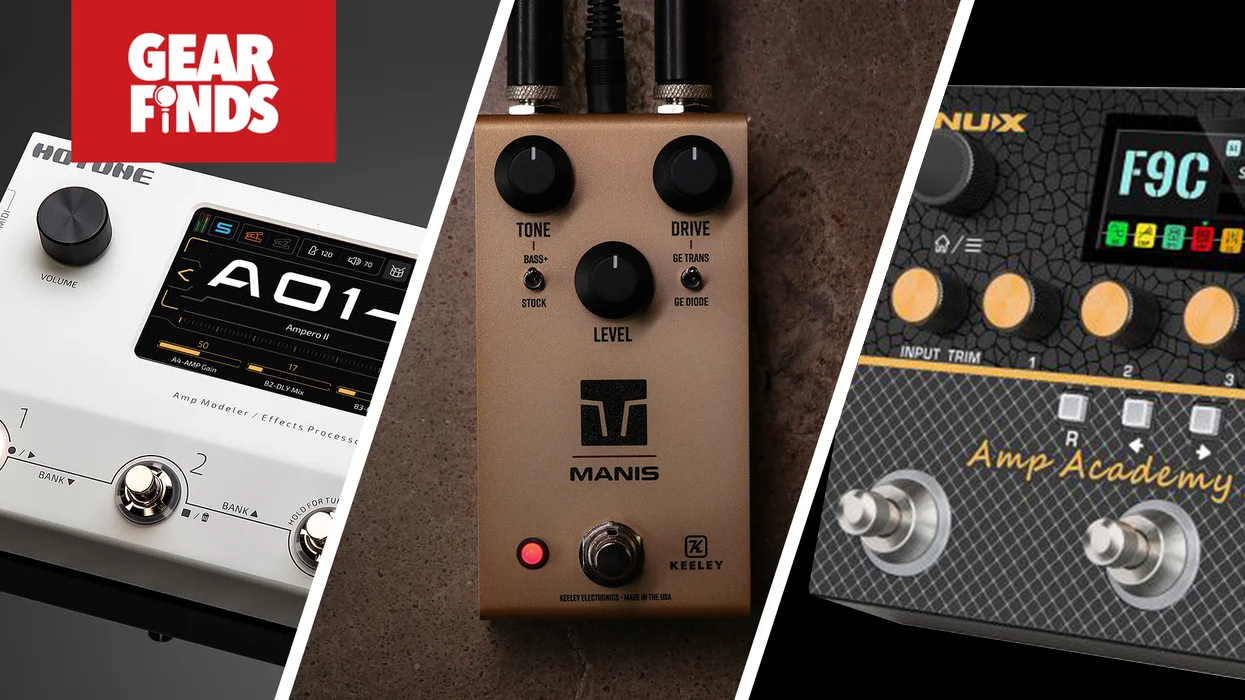
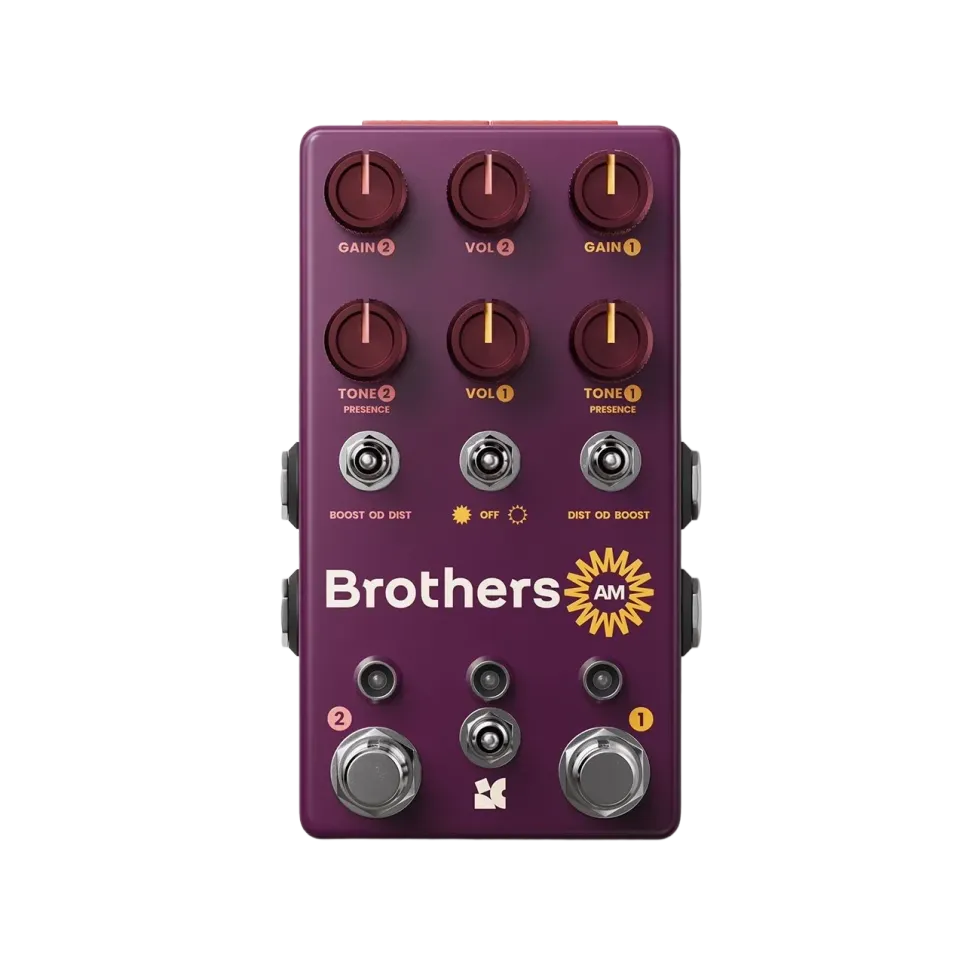
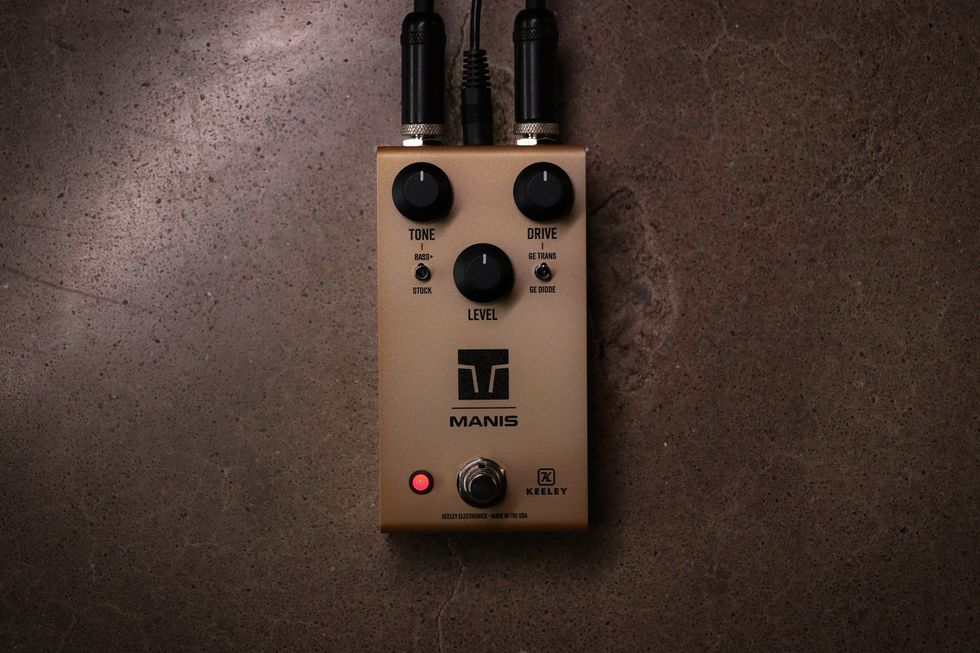
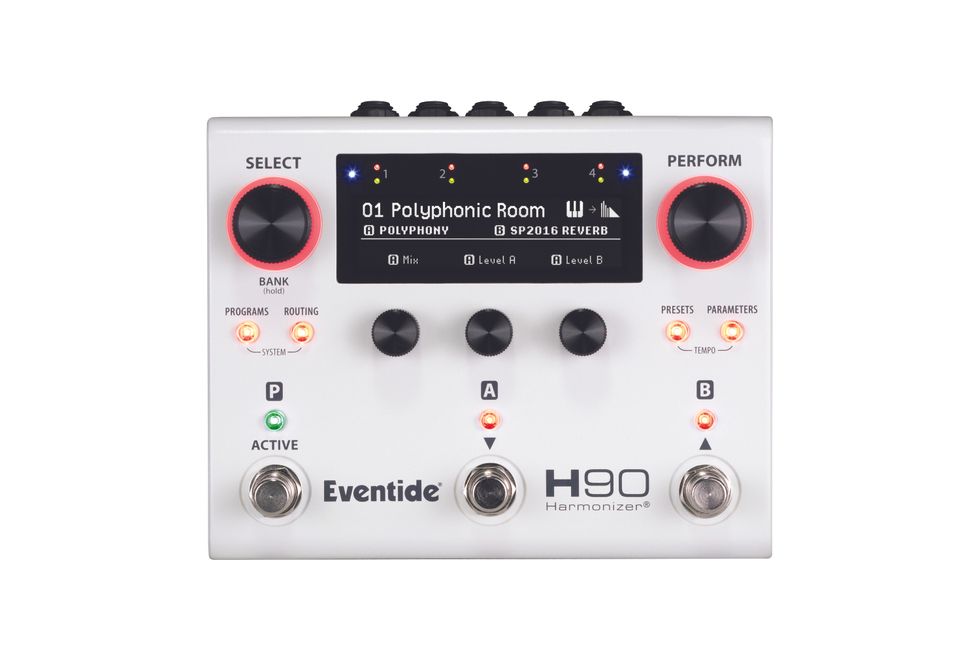
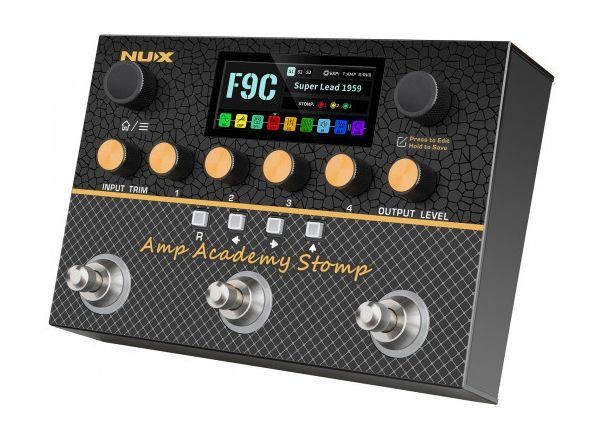
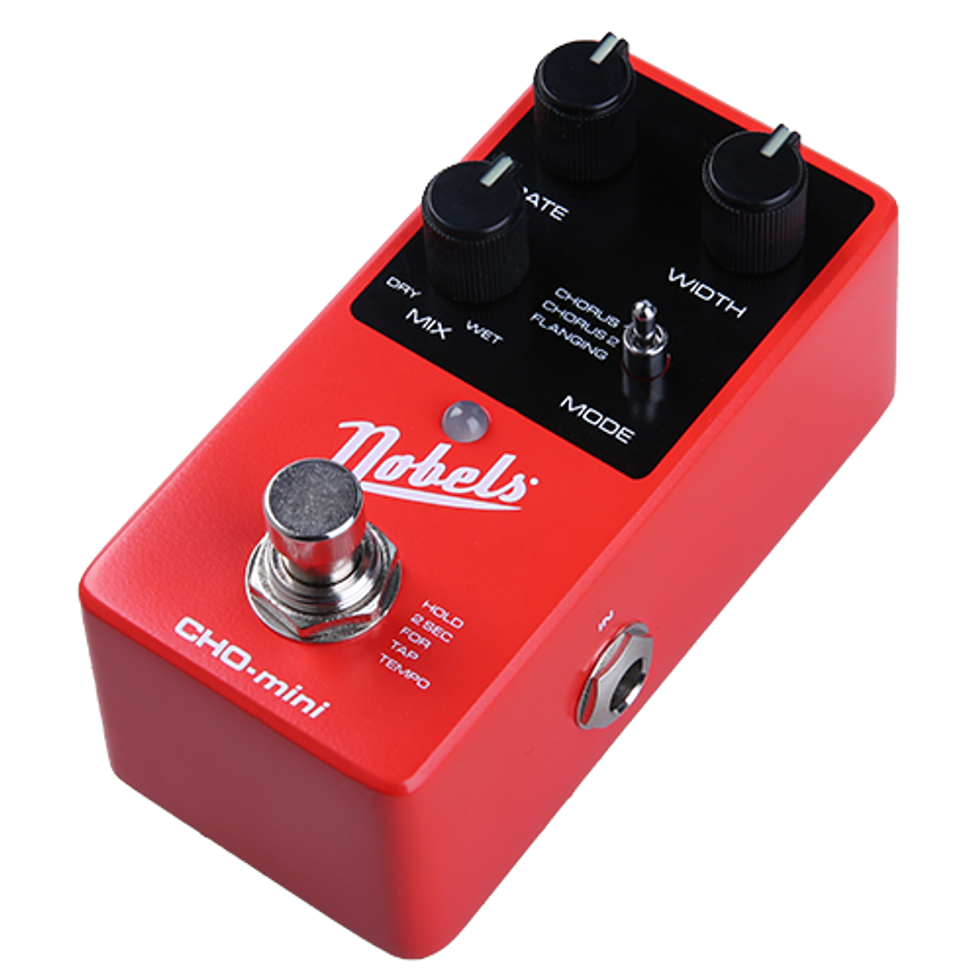
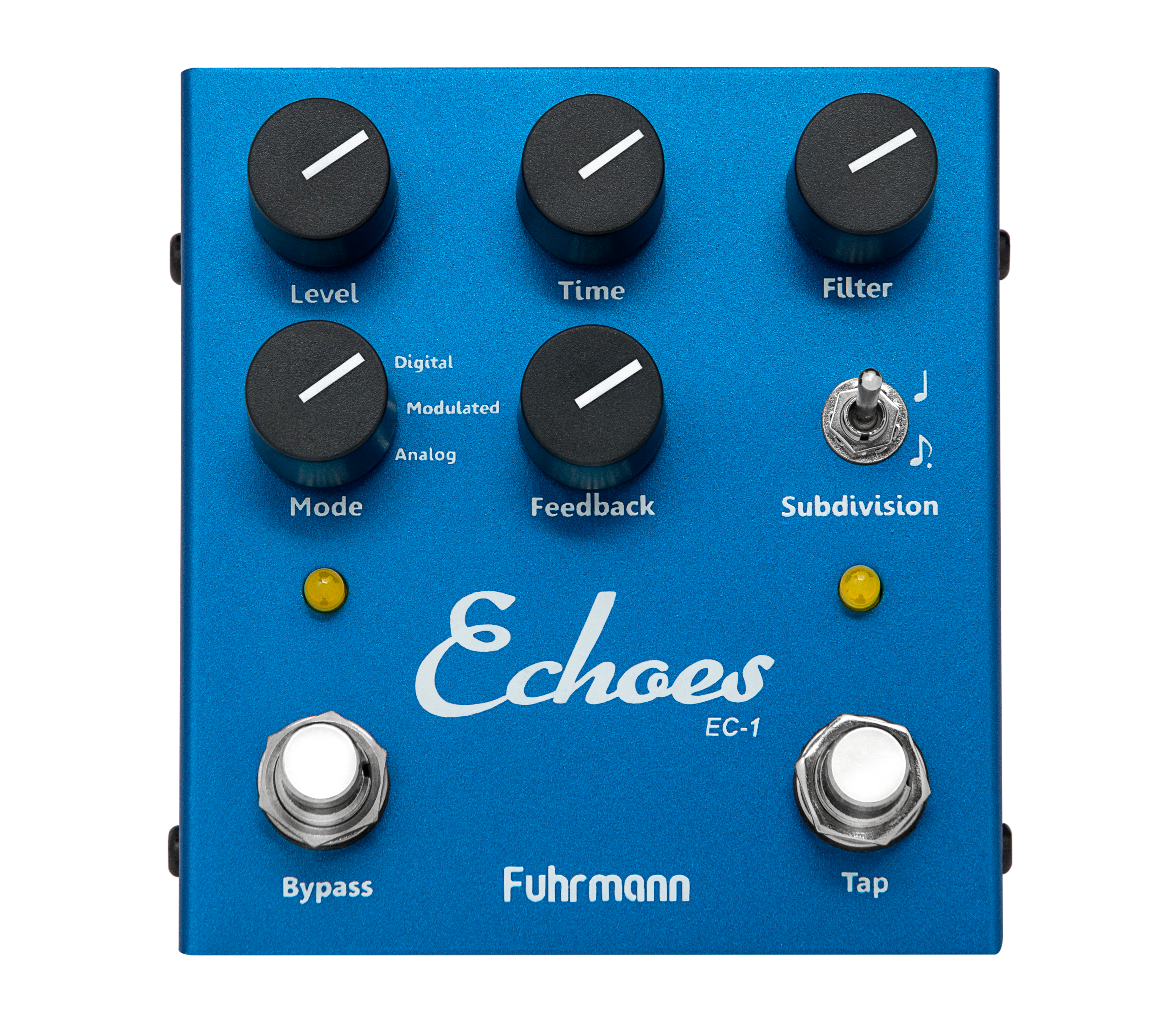
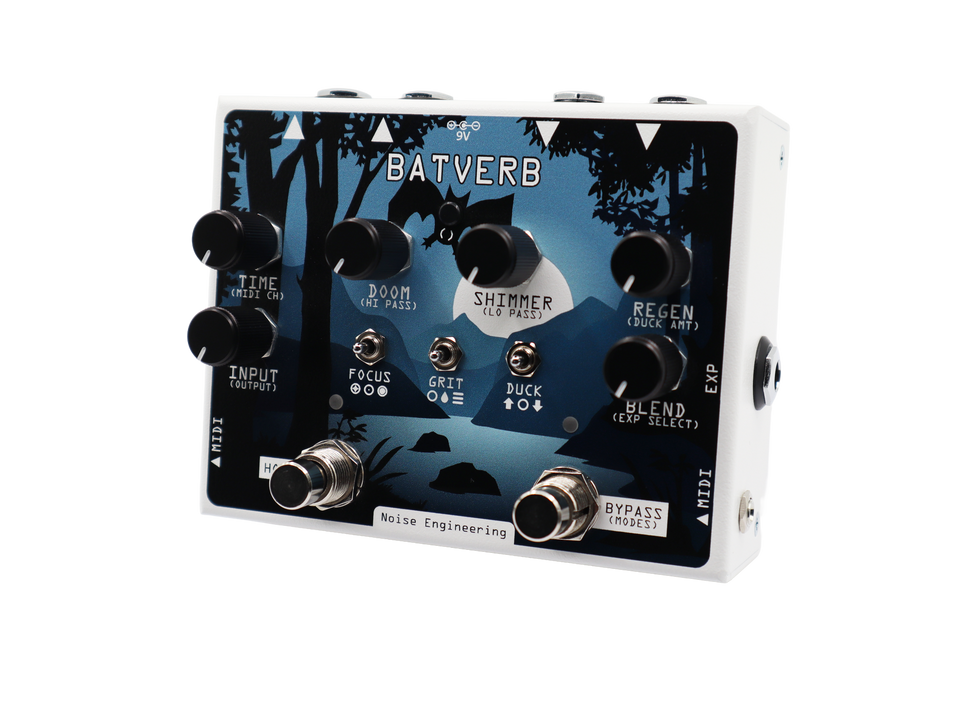
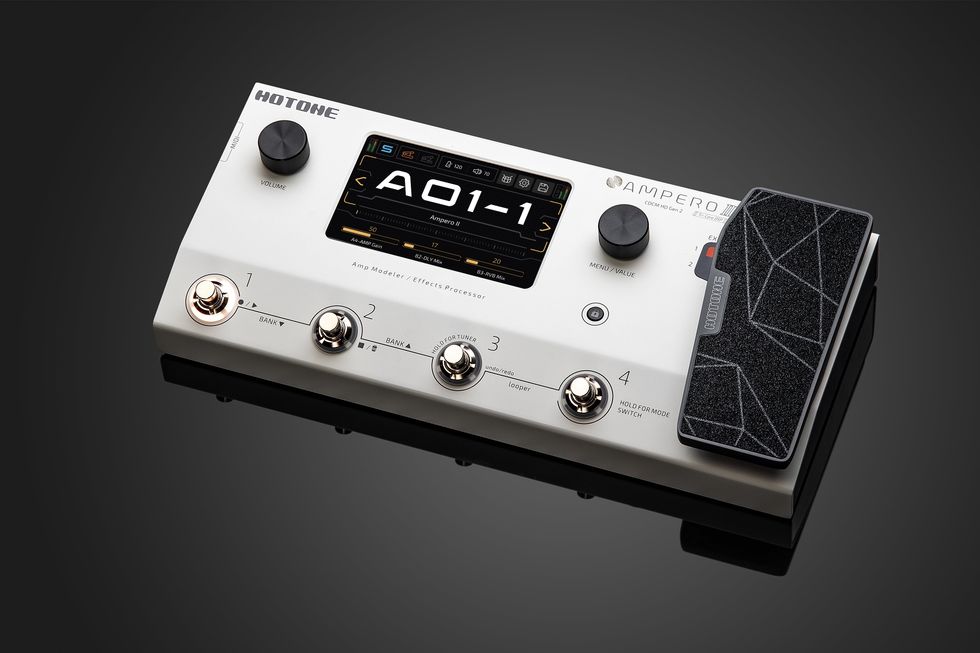
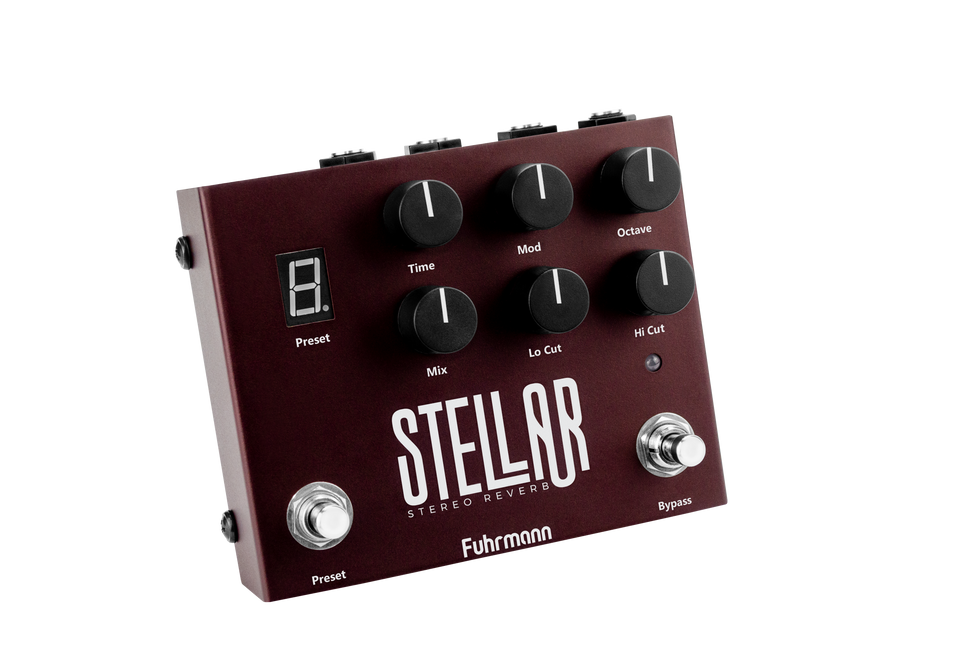

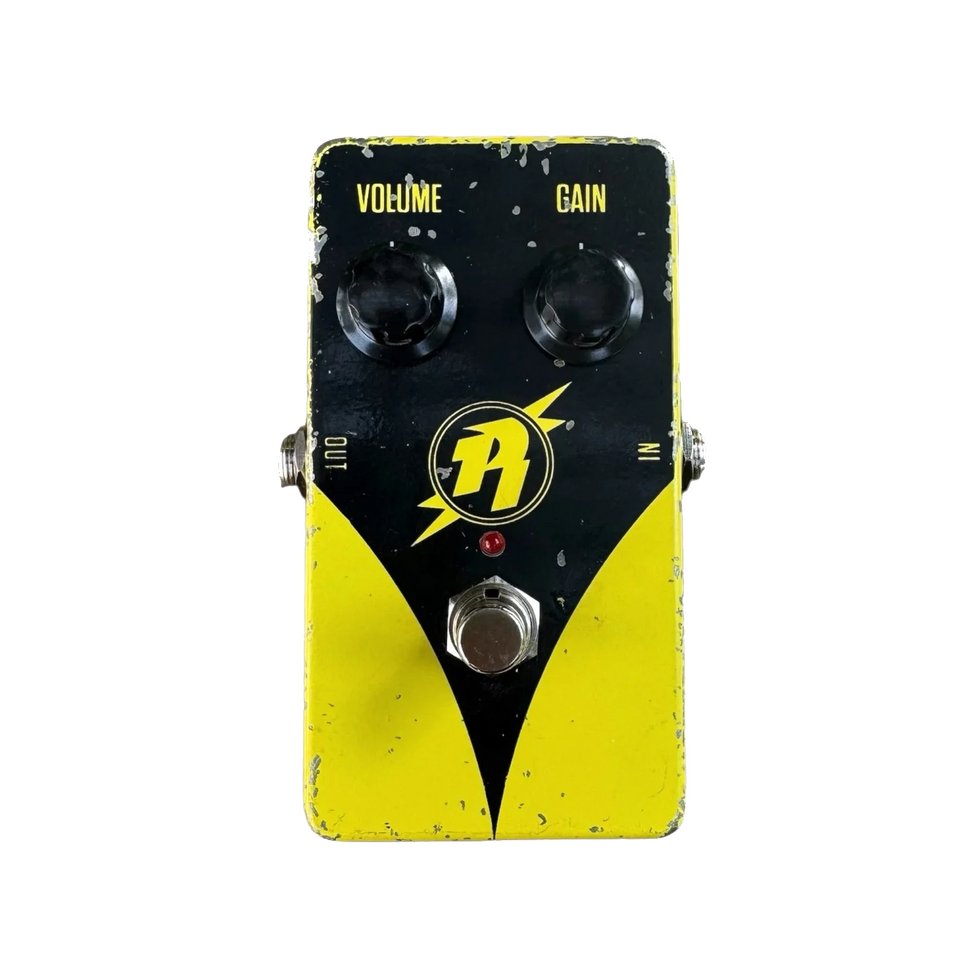




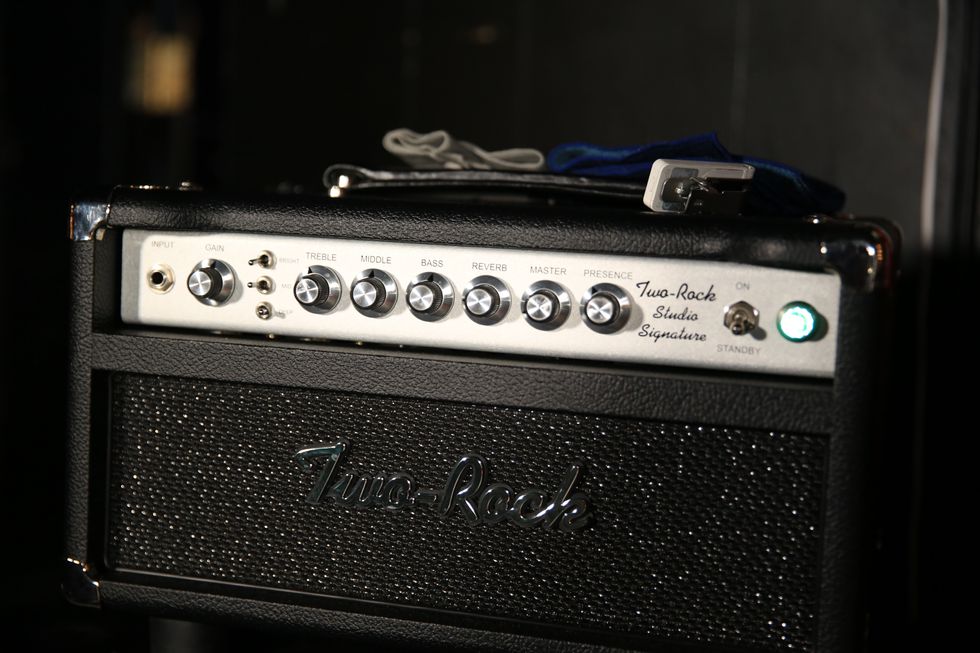
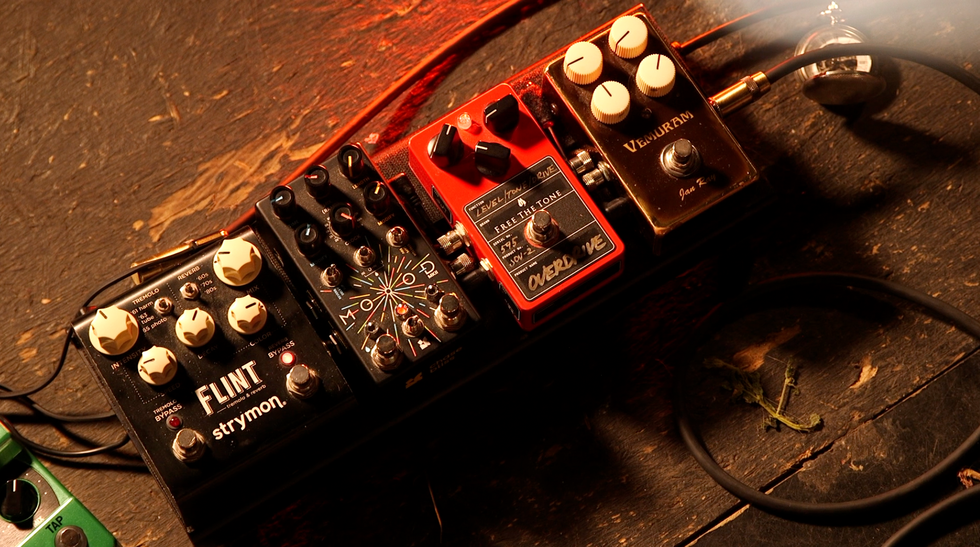
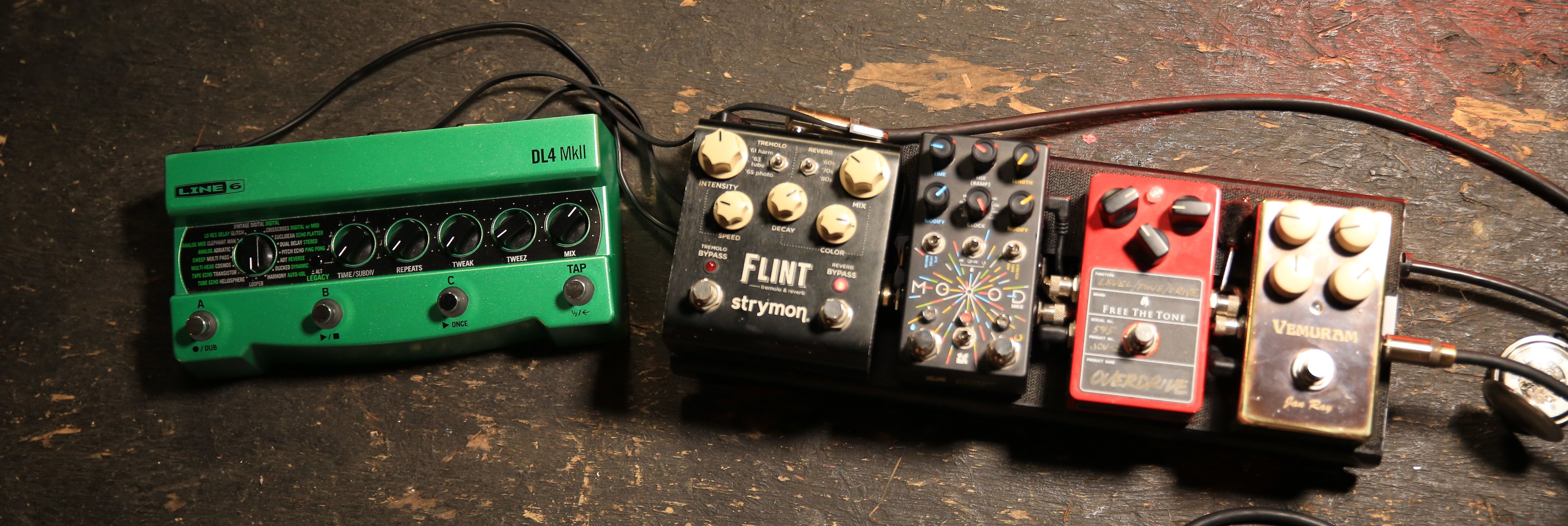 Miller’s Collings runs into a Grace Design ALiX preamp, which helps him fine-tune his EQ and level out pickups with varying output when he switches instruments. For reverb, sometimes he’ll tap the
Miller’s Collings runs into a Grace Design ALiX preamp, which helps him fine-tune his EQ and level out pickups with varying output when he switches instruments. For reverb, sometimes he’ll tap the 